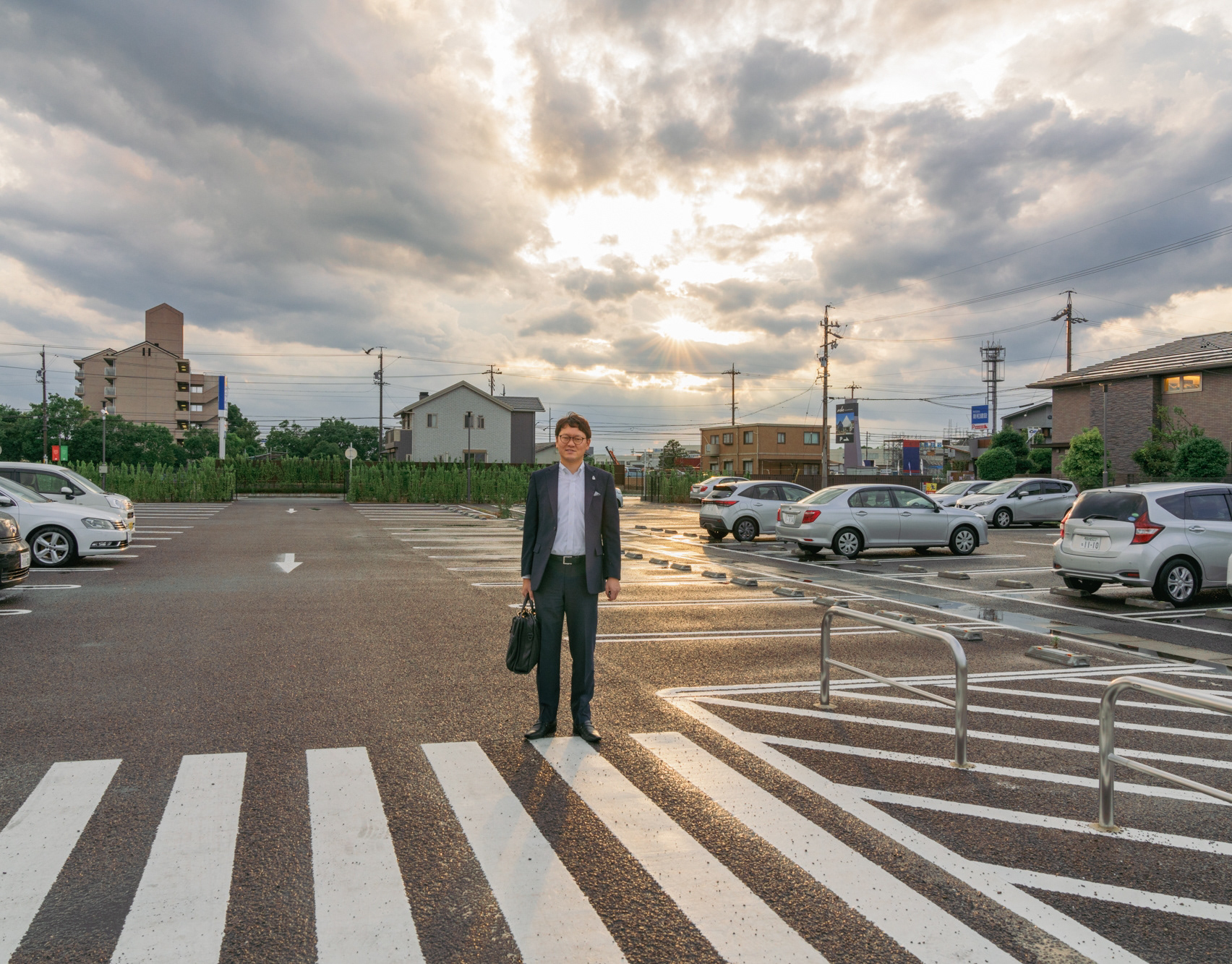
CV(English)

CV(日本語)
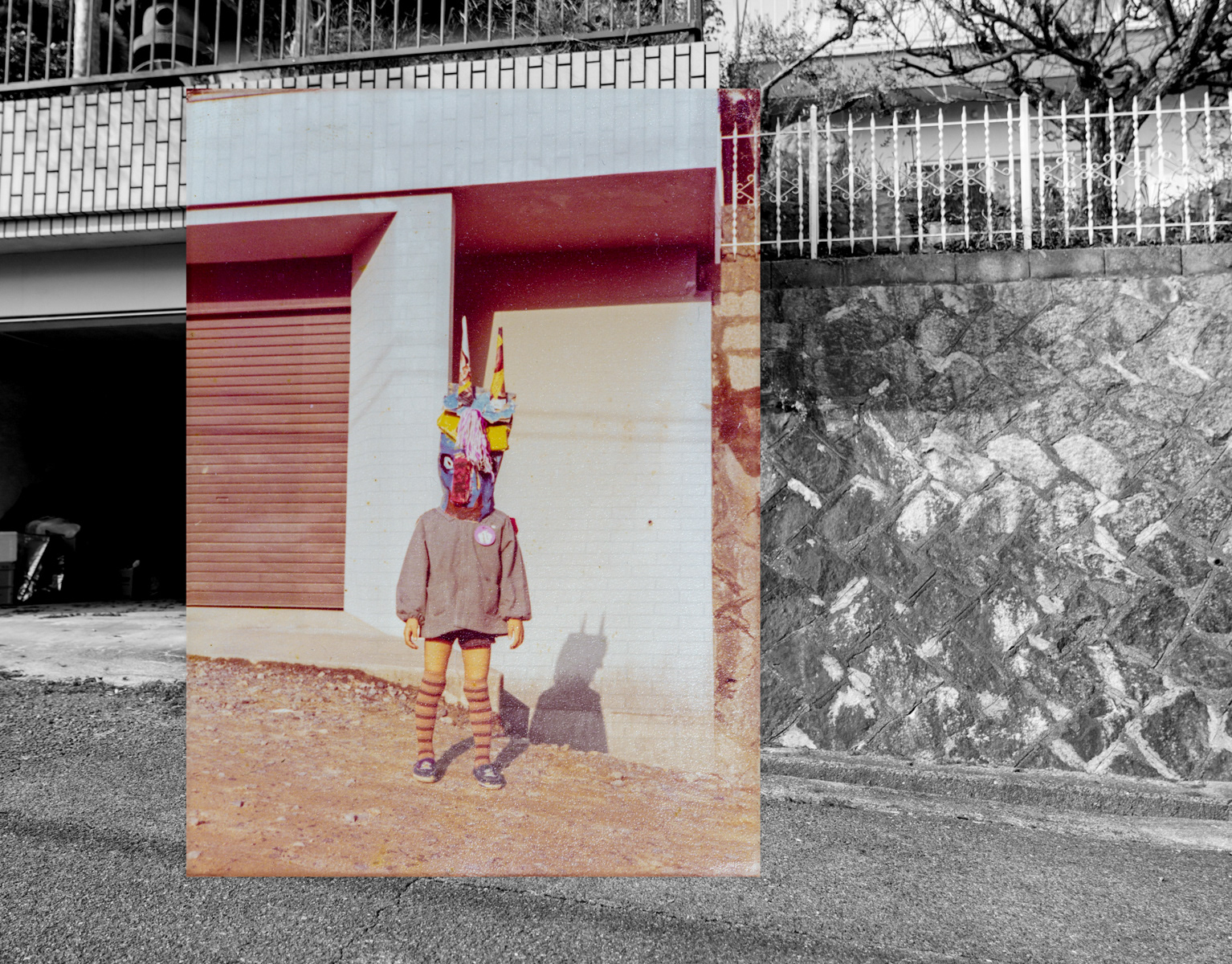
Tracing the Gaze
Tracing the Gaze

KOUFUKURON - Eudaemonics
KOUFUKURON - Eudaemonics, "Theory of Happiness"

Street Life Style
Street Life-Style
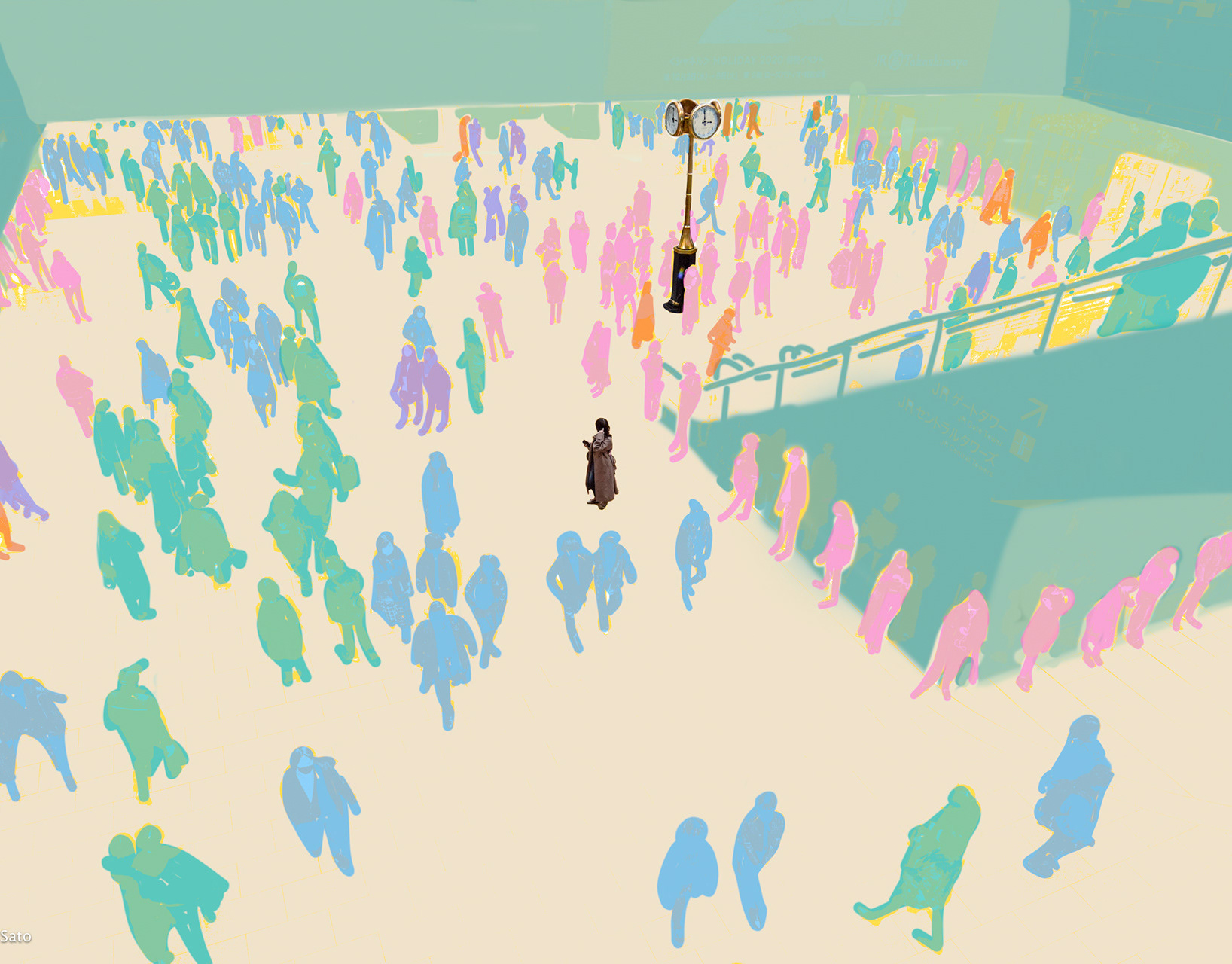
色分けされなかった人たち
Non-Color-Coded Persons
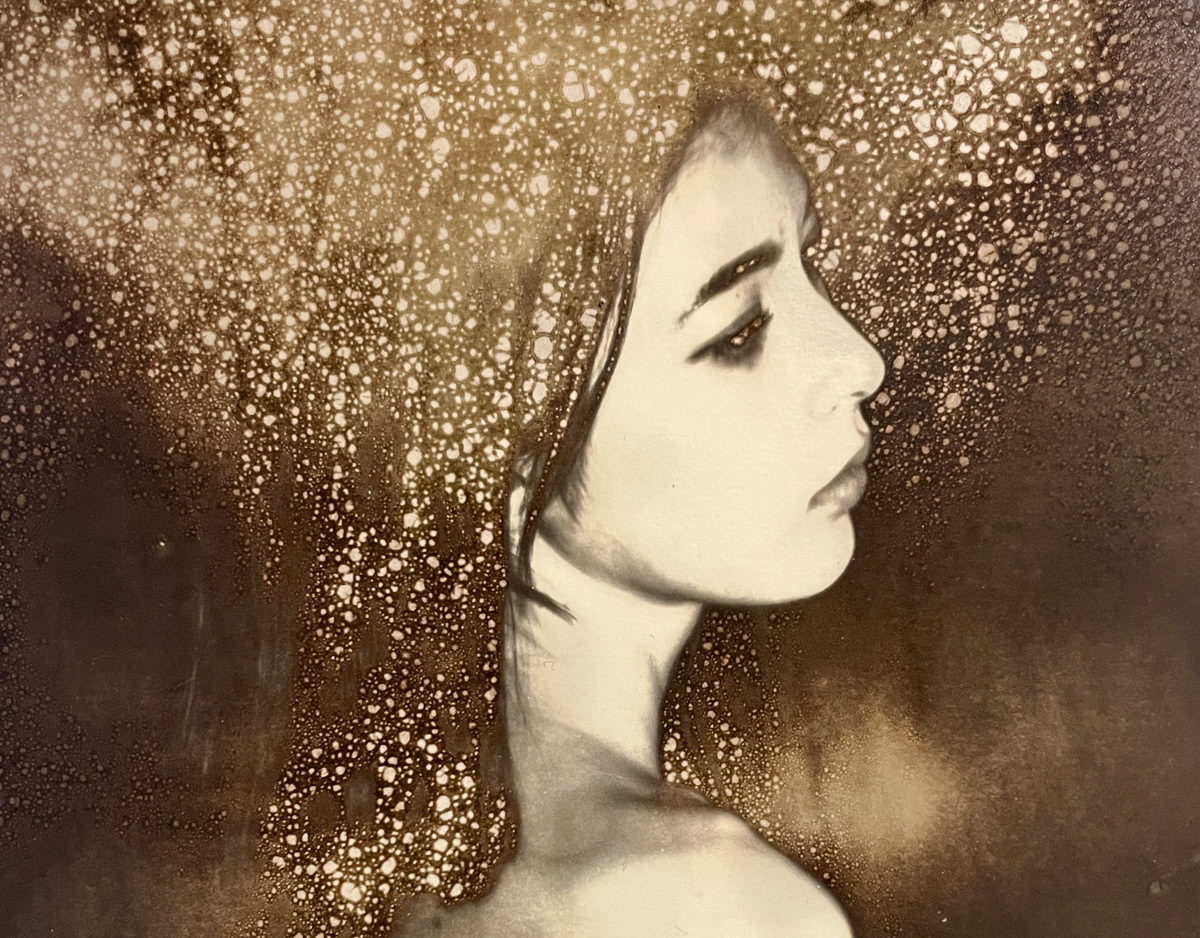
Mordançage
Mordançage
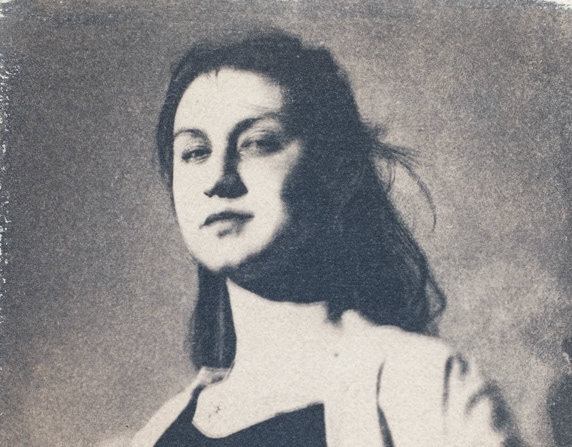
Cyanotype
In a Dream
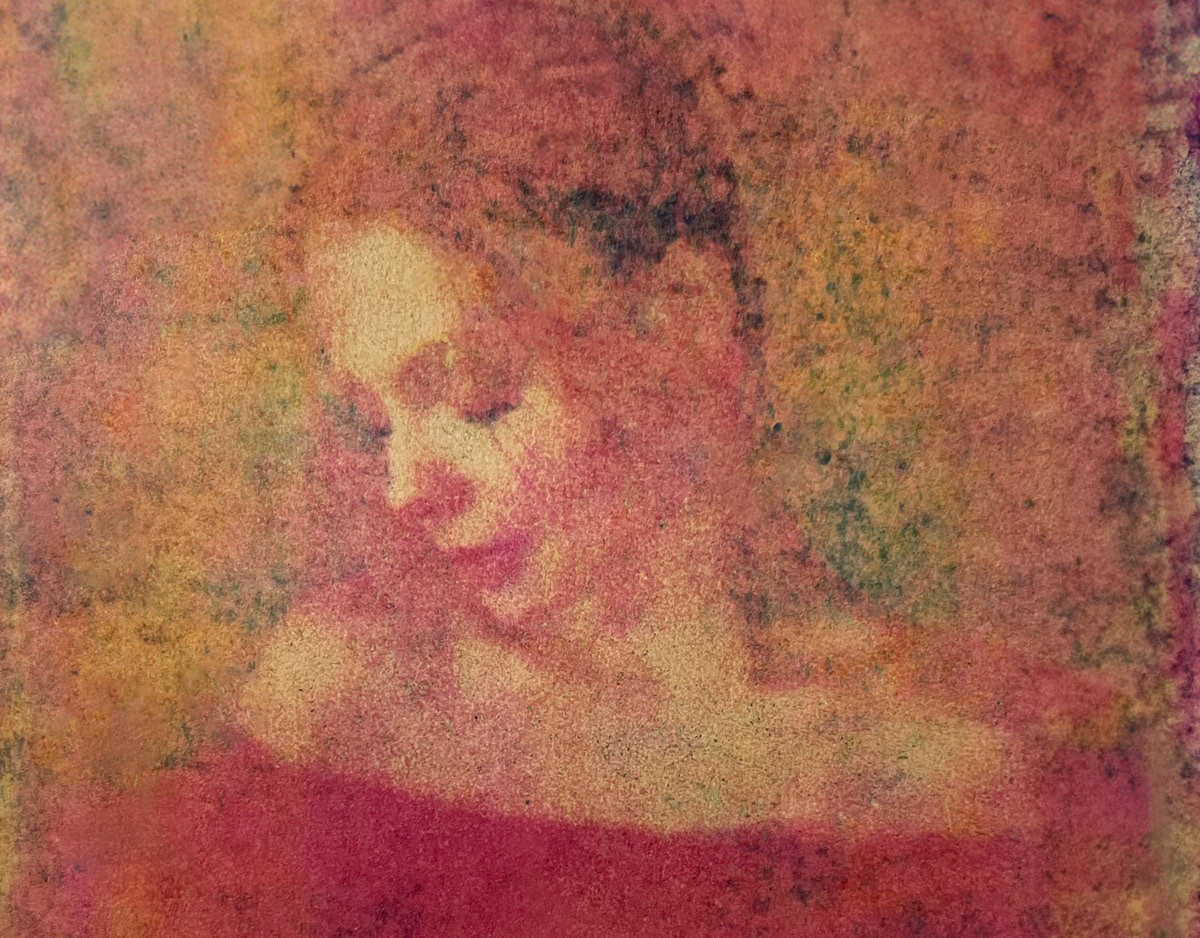
Gum Bichromate
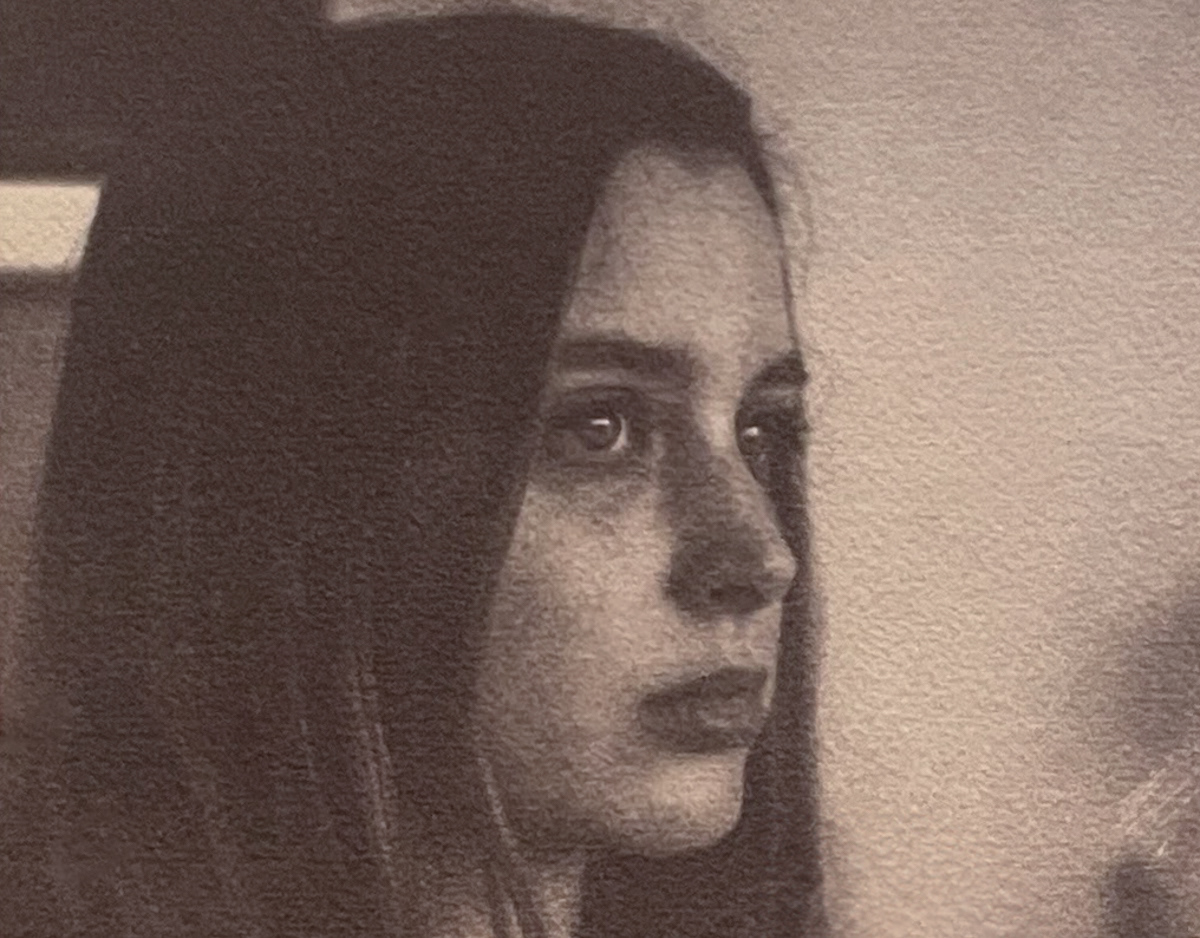
Van Dyke Brown
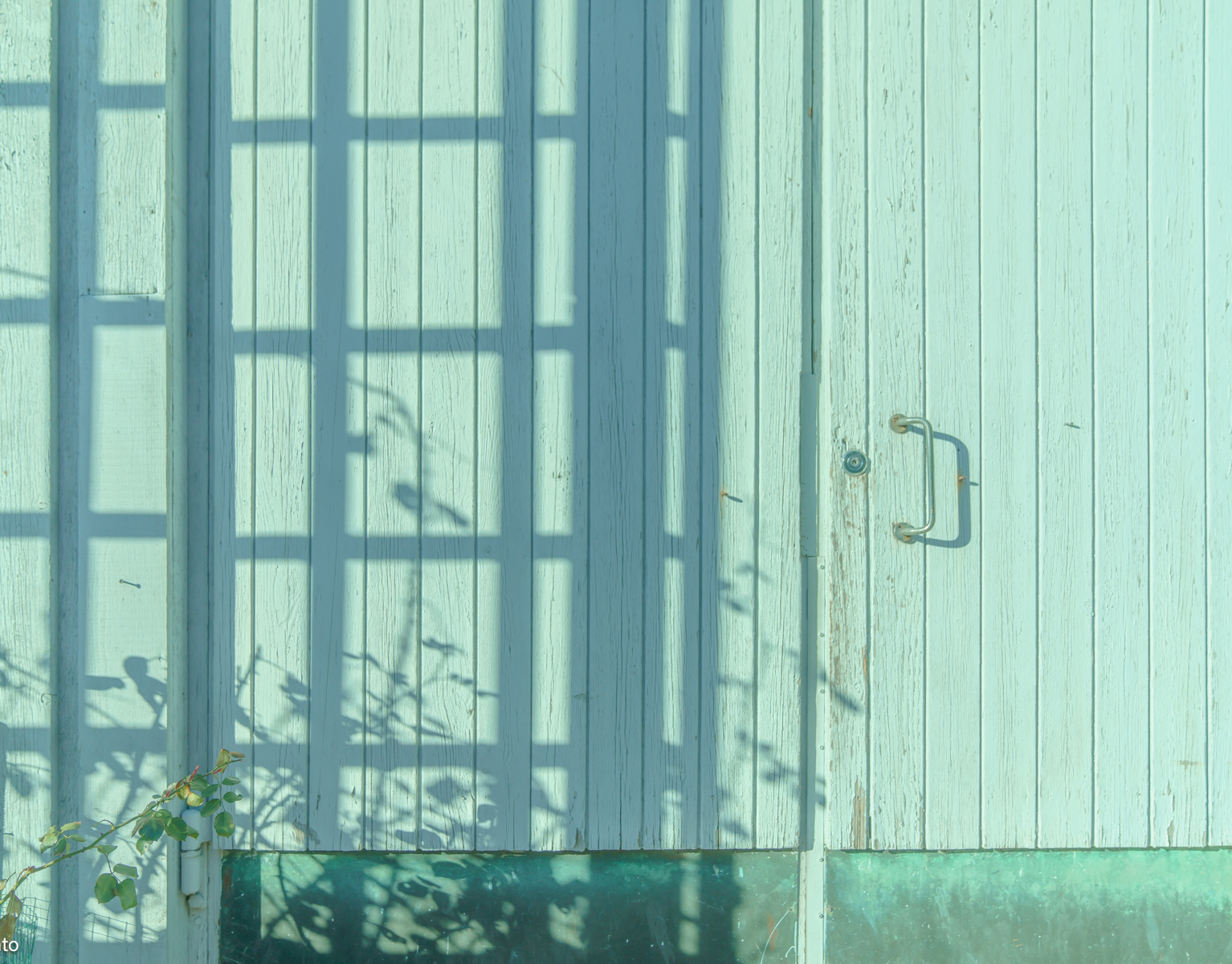
Tender Lights - Finland
Tender Light - Finland
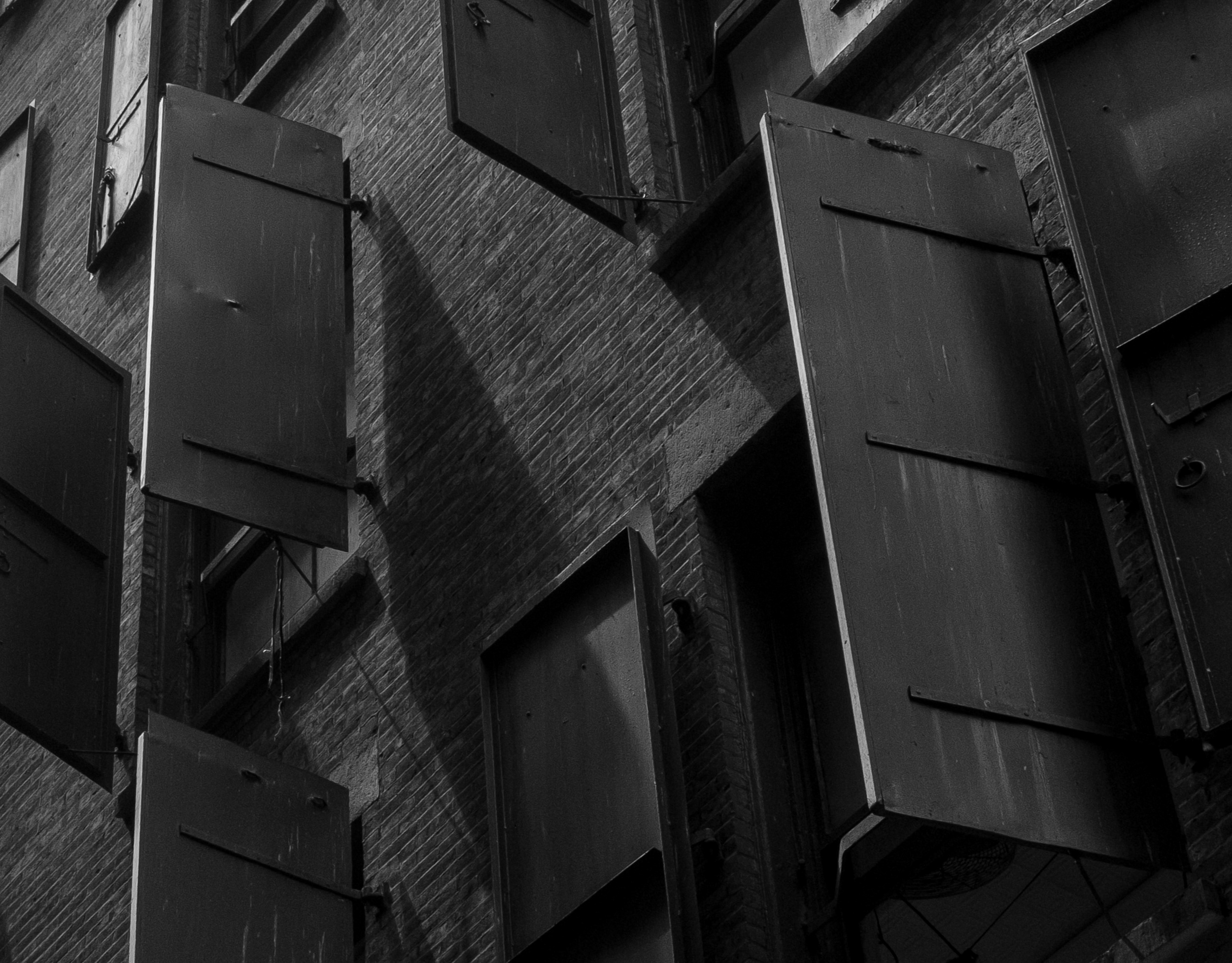
New York Monochrome

A Day In Venice
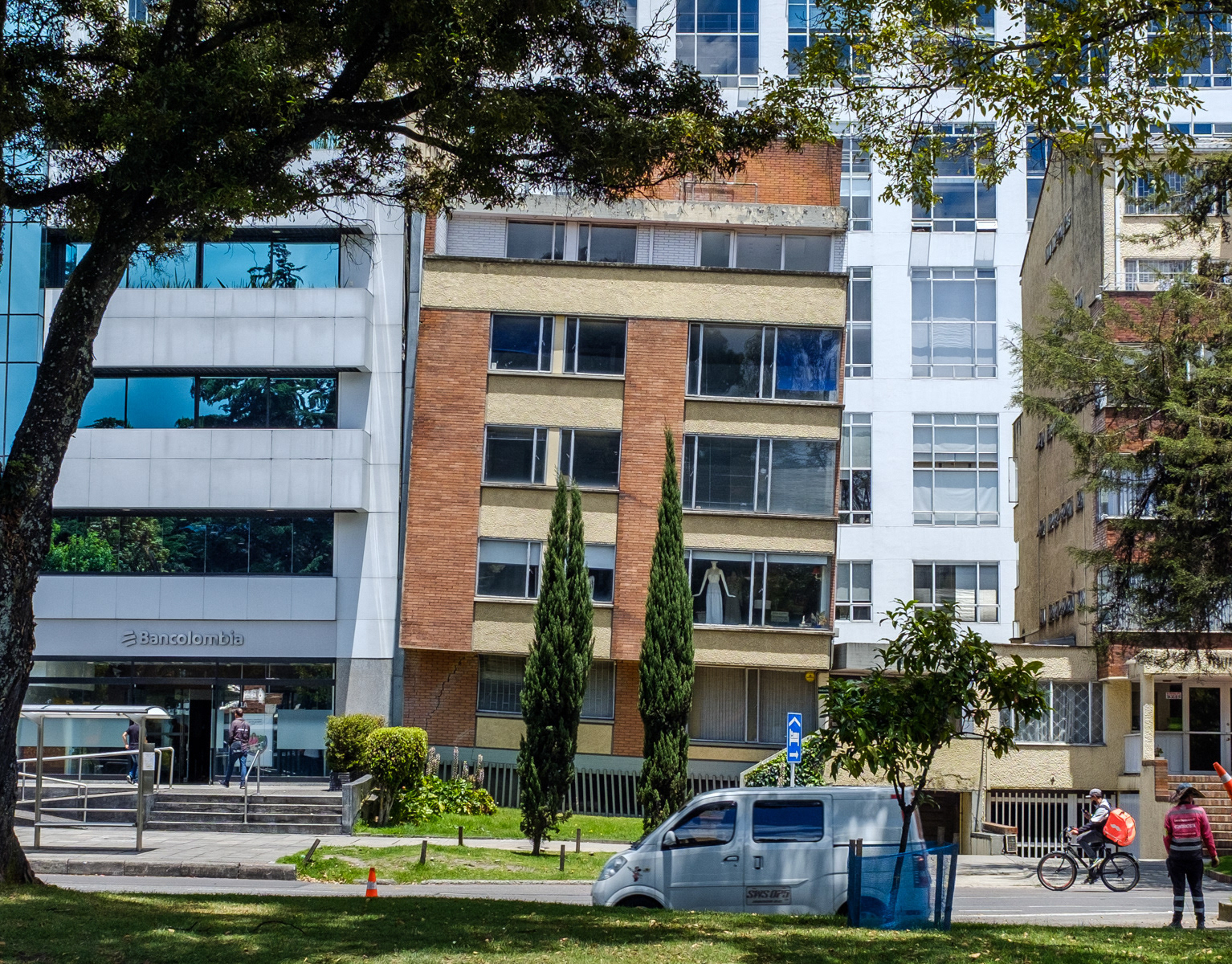
With a Small Camera - Bogota, Colombia

撮影のご依頼
名古屋エリアで写真撮影を承ります